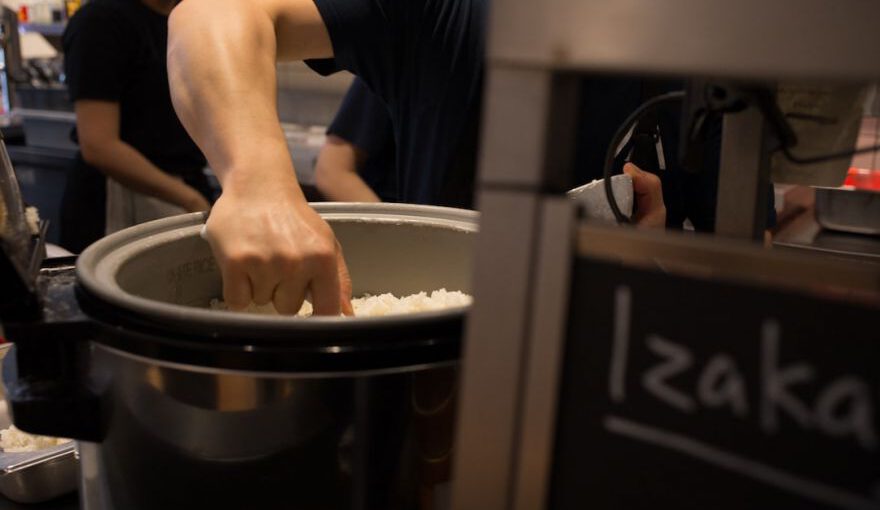When traveling to Japan, you may have come across the term “omiyage.” But what exactly does it mean? Omiyage is a unique Japanese concept that revolves around the act of giving and receiving gifts. In this article, we will delve deeper into the concept of omiyage and explore its significance in Japanese culture.
The Meaning of Omiyage
Omiyage, pronounced “oh-mee-yah-geh,” can be translated to mean “souvenir” or “gift.” However, it is important to note that omiyage is not just any ordinary gift. In Japan, omiyage carries a special cultural significance and is deeply ingrained in social customs.
The Purpose of Omiyage
Omiyage serves several purposes in Japanese culture. Firstly, it is a way of showing gratitude and respect. When visiting someone’s home or a business, it is customary to bring a small gift as a token of appreciation. This gesture not only expresses gratitude but also acknowledges the relationship between the giver and the receiver.
Secondly, omiyage acts as a form of social currency. In Japan, the act of giving and receiving gifts plays a vital role in establishing and maintaining social connections. By exchanging omiyage, individuals strengthen their relationships and create a sense of reciprocity.
Types of Omiyage
In Japan, the types of omiyage available are vast and varied. Each region has its own unique products that are famous and sought after as souvenirs. For example, Hokkaido is known for its delicious dairy products, while Kyoto is famous for its traditional crafts and sweets.
When choosing omiyage, it is important to consider the preferences and tastes of the recipient. Popular choices include regional snacks, confectioneries, and specialty items that are exclusive to a particular area. The packaging of omiyage is also meticulously designed, often featuring beautiful illustrations and symbols that represent the region.
Omiyage Etiquette
There are certain etiquette guidelines to follow when it comes to omiyage. Firstly, it is customary to bring omiyage when visiting someone’s home or workplace. This shows respect and appreciation for their hospitality.
Additionally, it is important to choose omiyage that is appropriate for the occasion and the recipient. For example, if you are visiting a business partner, it is recommended to bring a high-quality and thoughtful gift. On the other hand, if you are visiting a friend or family member, a more casual and personal gift may be suitable.
Furthermore, omiyage should be presented with both hands, and it is polite to bow and express your gratitude when giving the gift. The recipient should also show appreciation by accepting the gift graciously and expressing their thanks.
The Significance of Omiyage in Japanese Culture
Omiyage is deeply rooted in Japanese culture and plays a significant role in social interactions. It fosters a sense of connection and reciprocity among individuals and helps to strengthen relationships.
Moreover, omiyage is also a way of promoting regional tourism and local products. By bringing back souvenirs from different regions, travelers help to spread awareness and appreciation for the unique offerings of each area.
In conclusion, the concept of omiyage is an integral part of Japanese culture. It is not just about giving and receiving gifts; it is a way of expressing gratitude, maintaining social connections, and promoting regional specialties. So, the next time you visit Japan, don’t forget to bring some omiyage for your hosts and loved ones. It is a meaningful gesture that will be greatly appreciated.





